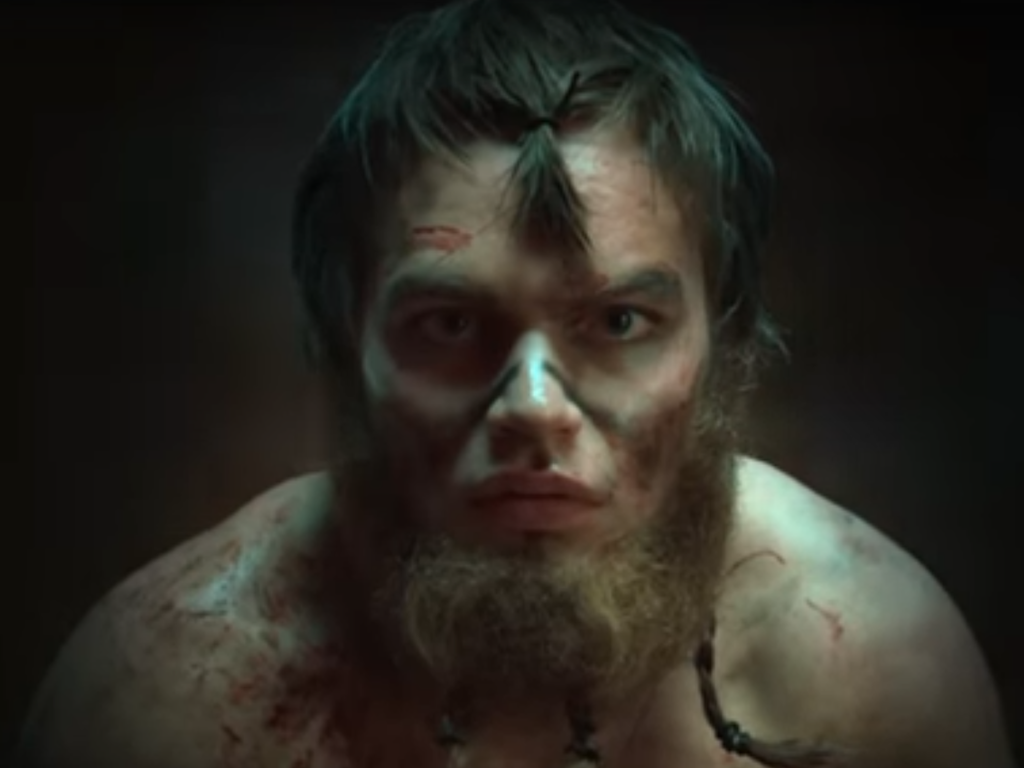Uncategorized
Ragnarok
It’s always a joy to watch a movie or tv series that uses the old mythologies as a framework for their storytelling. Netflix’s Ragnarok didn’t disappoint.
The Premise – The series unfolds in a small Norwegian town ruled by a wealthy family – the Jutuls – whose factory is slowly destroying the environment. Into this world, comes a family of three – a mother and her two teenaged sons who could not be more different from each other had they each been born to entirely different people. The elder one – Magne – is tall, blonde and massive has a learning disability and a volatile temper; the younger – Laurits – is shorter, dark haired, and slim is quick-witted and given to pulling practical jokes.
Magne befriends the town’s resident environmental activist – Isolde – who is convinced that the pollution caused by the factory killed her mother. Magne is swept up into Isolde’s orbit. On a trip to a glacier outside of town, Isolde apparently suffers a fatal accident. Magne refuses to accept that his friend’s death was accidental and starts his own investigation. This brings him in conflict with the Jutuls, particularly the patriarch Vidar Jutul.
The Fantasy – The main fantastical element of the series is the idea that the Jutuls are Giants, ruling a post-Ragnarok world; and that the main protagonist – Magne – is an incarnation of Thor, the old Norse god of thunder and lightning, who is only now ‘remembering’ who he actually is. The series title, of course, references the climactic final battle between the Norse gods and the giants that, spoiler alert, the gods lose. And that is where the true genius of this series lies.
Genius – Ask anyone what comes after Ragnarok and you’ll probably be told “the end of the world.” This is because, for the most part, Ragnarok is presented in popular story-telling as being simply the Nordic version of the end of the world story. But it isn’t.
To understand Ragnarok, it is important to first understand the nature of the protagonists and the antagonists. No, wait. Go back even farther: understand the very concept of the Norse universe. Central to the cosmology are the terms inanngard and utangard. Visualize a world with only one city, and where that city is encircled by a wall. Everything within that enclosure is inanngard; everything outside it is, therefore utangard. Utangard is a place of chaos, whereas the world inside the enclosure, innangard, represents order that has been imposed on the chaos.
SO the entire Norse world exists in a state of tension between chaos and order. On either side of that divide, are our protagonists. Gods are agents of order, taming chaos if you will, for the benefit of humanity; Giants, on the other hand, are agents of chaos seeking perpetually to return the world to the pure chaos of its origins – like entropy. Oh, btw, in Norse mythology Giants aren’t big people, alright? The Norse word for giants – jotun – is actually derived from an even older word meaning ‘devourer.’
Given all that, it is easy to see how the gods were ALWAYS going to lose Ragnarok – at best, order can only delay its own descent into chaos. It’s the second law of thermodynamics, man.
It is also easy to see how Ragnarok would not literally be the end of the world, simply the end of the world as we know it. And that’s exactly the setting of the Ragnarok series: the world, but unfamiliar to an old god, like Thor, and ruled by the victorious giants whose nature as agents of chaos is manifested by their callous disregard for the delicate balance of nature, hastening the process of entropy. Like I said: genius.
In Norse mythology – the real deal, not the MCU version – gods are considered embodiments of order, while their foes, the giants are creatures of chaos.

